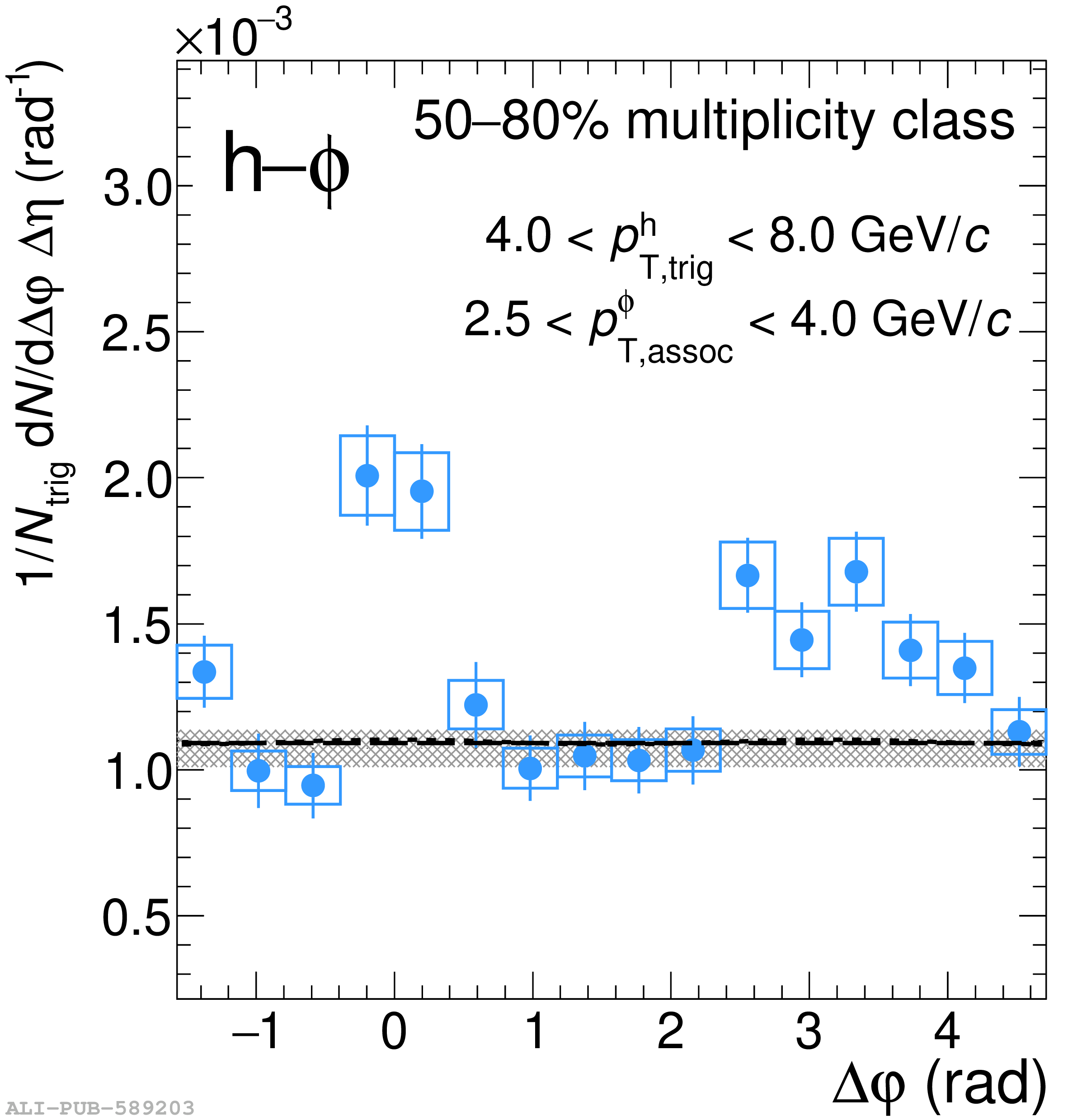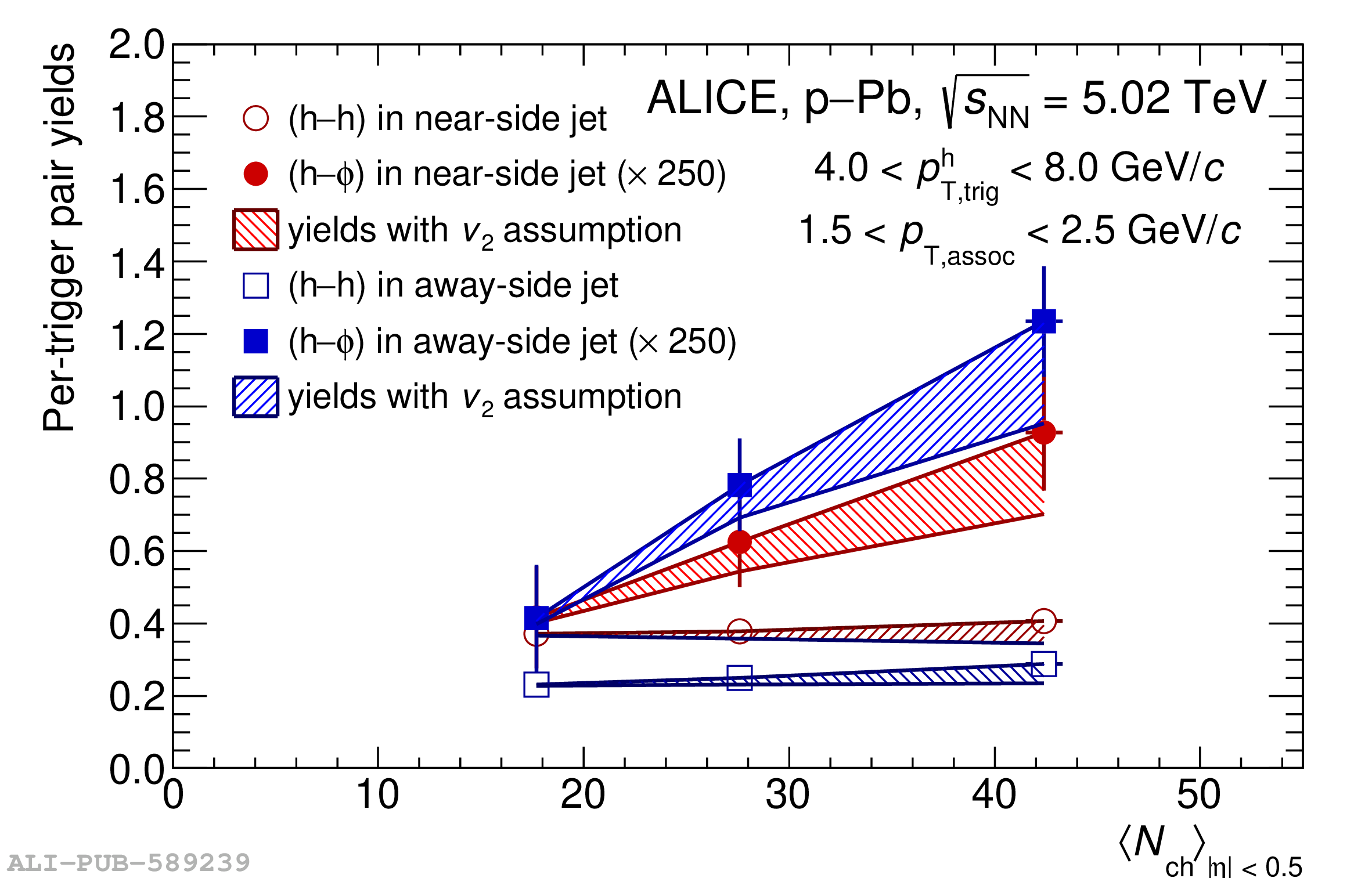This work aims to differentiate strangeness produced from hard processes (jet-like) and softer processes (underlying event) by measuring the angular correlation between a high-momentum trigger hadron (h) acting as a jet-proxy and a produced strange hadron ($\phi(1020)$ meson). Measuring h$-\phi$ correlations at midrapidity in p$-$Pb collisions at $\sqrt{s_{\rm NN}}$ = 5.02 TeV as a function of event multiplicity provides insight into the microscopic origin of strangeness enhancement in small collision systems. The jet-like and the underlying-event-like strangeness production are investigated as a function of event multiplicity. They are also compared between a lower and higher momentum region. The evolutions of the per-trigger yields within the near-side (aligned with the trigger hadron) and away-side (in the opposite direction of the trigger hadron) jets are studied separately, allowing for the characterization of two distinct jet-like production regimes. Furthermore, the h$-\phi$ correlations within the underlying event give access to a production regime dominated by soft production processes, which can be compared directly to the in-jet production. Comparisons between h$-\phi$ and dihadron correlations show that the observed strangeness enhancement is largely driven by the underlying event, where the $\phi/\mathrm{h}$ ratio is significantly larger than within the jet regions. As multiplicity increases, the fraction of the total $\phi(1020)$ yield coming from jets decreases compared to the underlying event production, leading to high-multiplicity events being dominated by the increased strangeness production from the underlying event.
Phys. Rev. C 110 (2024) 064912
HEP Data
e-Print: arXiv:2405.14491 | PDF | inSPIRE
CERN-EP-2024-142
Figure group


















